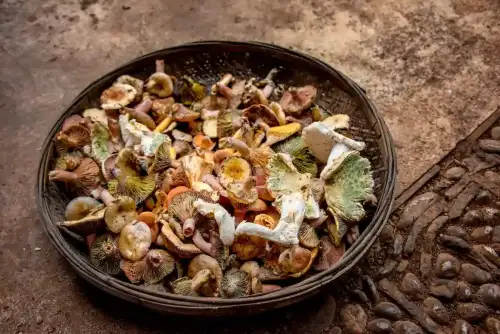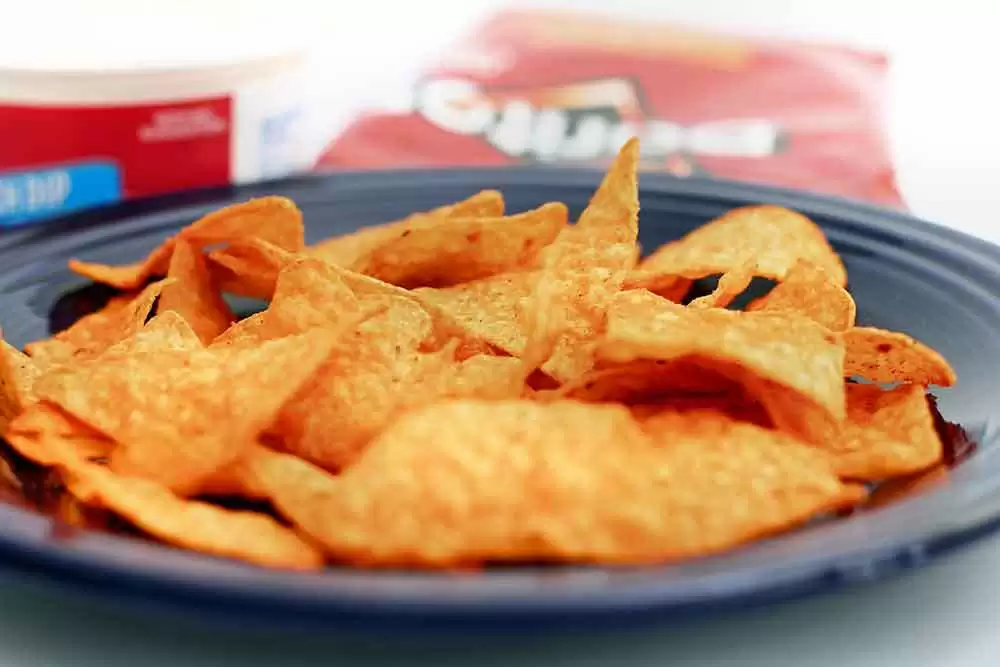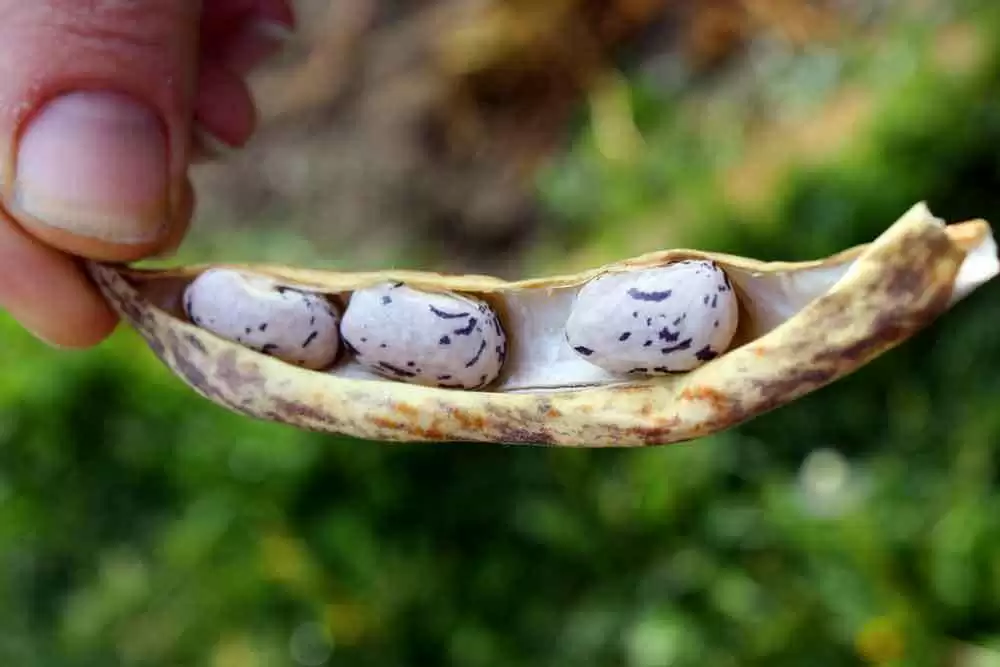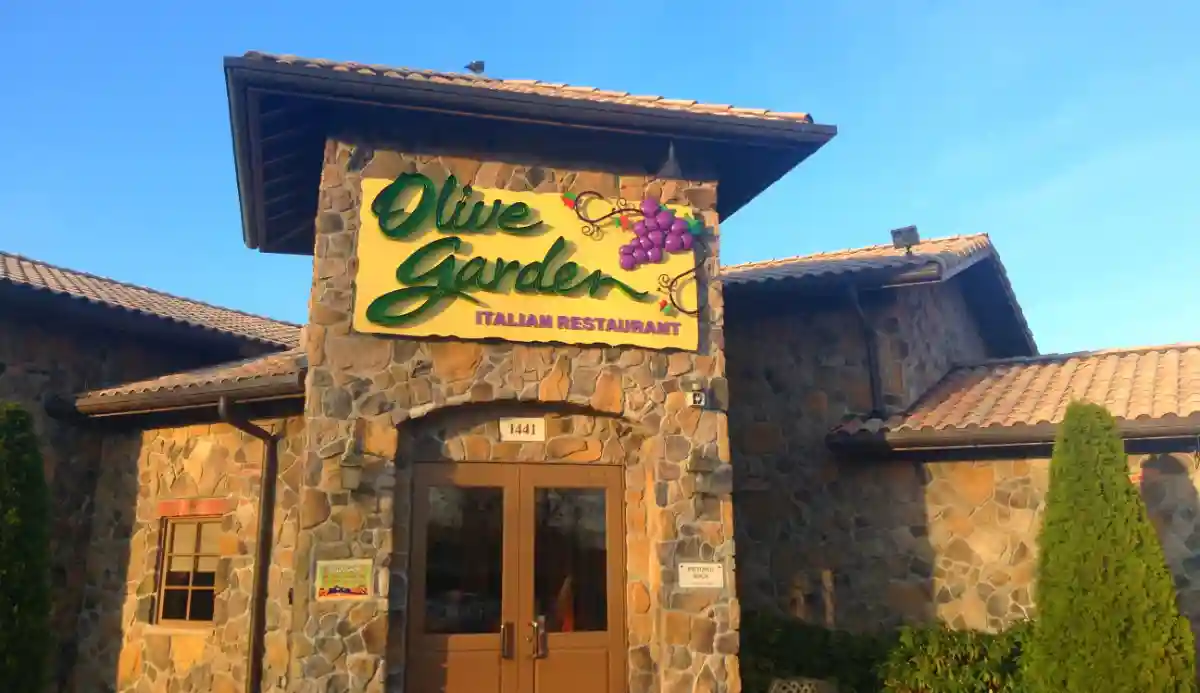Celiac.com 08/21/2025 - When most people think of gluten-free living, they picture supermarket shelves lined with expensive breads and crackers—or carefully curated restaurant menus. But what if your next gluten-free snack was growing right outside your apartment building? Urban foraging offers a quirky, eco-conscious, and surprisingly rewarding way to find naturally gluten-free foods right in the heart of the city. For those living with celiac disease or gluten sensitivity, foraging provides a direct connection to safe, unprocessed plants—many of which have been part of traditional diets for centuries.
Why Urban Foraging Matters for the Gluten-Free Community
People with celiac disease or gluten sensitivity must navigate a minefield of hidden wheat, barley, and rye in modern foods. Even foods labeled "gluten-free" can sometimes contain trace amounts due to cross-contamination. Foraging for wild, naturally gluten-free edibles in urban spaces allows people to bypass the risks of packaged goods and connect with the source of their food in a way that's empowering and fun.
Celiac.com Sponsor (A12):
Additionally, urban foraging supports self-sufficiency, reduces reliance on processed foods, and encourages outdoor activity—something that can be deeply healing for those managing chronic illness. With the right knowledge, city sidewalks, alleys, and parks can become a pantry of unexpected, gluten-free delights.
Foraging Basics: Safety First, Snacks Second
Before grabbing a tote bag and heading out, it’s important to know a few basics. First and foremost, only eat what you can positively identify as safe. Many plants have toxic look-alikes, so consider carrying a plant identification guide or using a reputable app. Second, avoid foraging in areas that may be treated with pesticides or contaminated by heavy traffic. Try parks, community gardens, or green belts where public pesticide use is limited.
Lastly, follow ethical foraging practices: harvest only what you need, don’t damage plants at the root, and respect local regulations. In many cities, foraging in public parks is legal in small amounts, but it’s best to double-check city ordinances.
Top Naturally Gluten-Free Plants to Forage in the City
Dandelion (Taraxacum officinale)
Often dismissed as a lawn nuisance, dandelions are packed with nutrients. Every part of the plant is edible. The young leaves make a peppery salad green, the flowers can be fried or turned into tea, and the roots are sometimes roasted to make a coffee substitute. Best of all, dandelions are 100% gluten-free and grow almost everywhere—including sidewalk cracks.
Purslane (Portulaca oleracea)
This succulent-looking weed thrives in sidewalk edges, garden beds, and vacant lots. It has a mild lemony flavor and is high in omega-3 fatty acids. Purslane is entirely gluten-free and can be tossed raw into salads or lightly sautéed as a side dish. Just make sure you're not confusing it with spurge, a similar-looking but toxic plant—purslane has thick, juicy stems and rounded leaves.
Lamb’s Quarters (Chenopodium album)
Sometimes called wild spinach, this nutritious green is a forager’s dream. Lamb’s quarters are mild-tasting and can be steamed, sautéed, or used in soups. They’re naturally gluten-free and often more nutrient-dense than their cultivated cousin. Look for these near community gardens or compost piles.
Wood Sorrel (Oxalis spp.)
Often mistaken for clover, wood sorrel has heart-shaped leaves and a refreshing, citrusy flavor. It grows in shady, moist places and is safe in small amounts. Gluten-free and full of vitamin C, it’s a fun addition to salads or a zesty garnish on gluten-free toast or rice cakes.
Wild Garlic and Onion (Allium spp.)
You’ll smell these before you see them. Wild garlic and onion grow in clusters and have narrow, grass-like leaves. If they smell like garlic or onion, they’re likely the real thing. Gluten-free and flavorful, they’re great in soups or stir-fries. Just make sure you don’t confuse them with inedible look-alikes like lily of the valley.
Nettle (Urtica dioica)
While they may sting when raw, nettles lose their bite when cooked. Boil or steam them to make tea, soup, or gluten-free pesto. Nettles are high in iron, calcium, and protein—and they’re completely gluten-free. Wear gloves when harvesting, and look for them in shaded, moist areas along fences or creeks.
Gluten-Free Recipes Using Wild Urban Plants
Dandelion Flower Fritters
Dip fresh dandelion flowers in a simple batter made from gluten-free flour and sparkling water. Fry in olive oil until golden and serve with a sprinkle of sea salt or honey drizzle. Crunchy, savory, and totally safe for celiacs!
Wild Green Sauté
Sauté a mix of lamb’s quarters, wood sorrel, and purslane with garlic and olive oil. Add a dash of lemon juice and serve over gluten-free polenta or rice. A nutrient-packed meal from your own neighborhood.
Stinging Nettle Pesto
Blanch nettle leaves and blend with olive oil, garlic, sunflower seeds (or pine nuts), and lemon juice. Spread on gluten-free toast or stir into pasta made from rice or lentils.
What This Means for People with Celiac Disease
Foraging provides a powerful way to reconnect with real food and eliminate uncertainty about gluten content. While grocery store labels may be vague or unreliable, wild greens like dandelion and nettle come with no ingredient list—just centuries of safe human consumption. For people with celiac disease, this can be a huge source of comfort.
Moreover, wild plants are naturally nutrient-dense, helping support the healing process after years of malabsorption. Iron, calcium, and magnesium deficiencies are common in untreated celiac disease. Many wild edibles are rich in these minerals and can serve as healing allies.
For those with non-celiac gluten sensitivity, foraging offers the freedom to explore food without fear of hidden wheat. It also fosters mindfulness and adventure—important parts of emotional well-being that can often be neglected in chronic illness management.
Conclusion: Wild, Free, and Gluten-Free
Urban foraging isn’t just a quirky pastime—it’s a delicious, empowering way to nourish your body, connect with nature, and reclaim your health. Whether you’re managing celiac disease, gluten sensitivity, or simply seeking a deeper relationship with your food, the sidewalk jungle has something for you. So next time you walk through your city park, keep an eye out for a leafy friend—your next gluten-free meal might just be growing underfoot.













Recommended Comments
There are no comments to display.
Create an account or sign in to comment
You need to be a member in order to leave a comment
Create an account
Sign up for a new account in our community. It's easy!
Register a new accountSign in
Already have an account? Sign in here.
Sign In Now